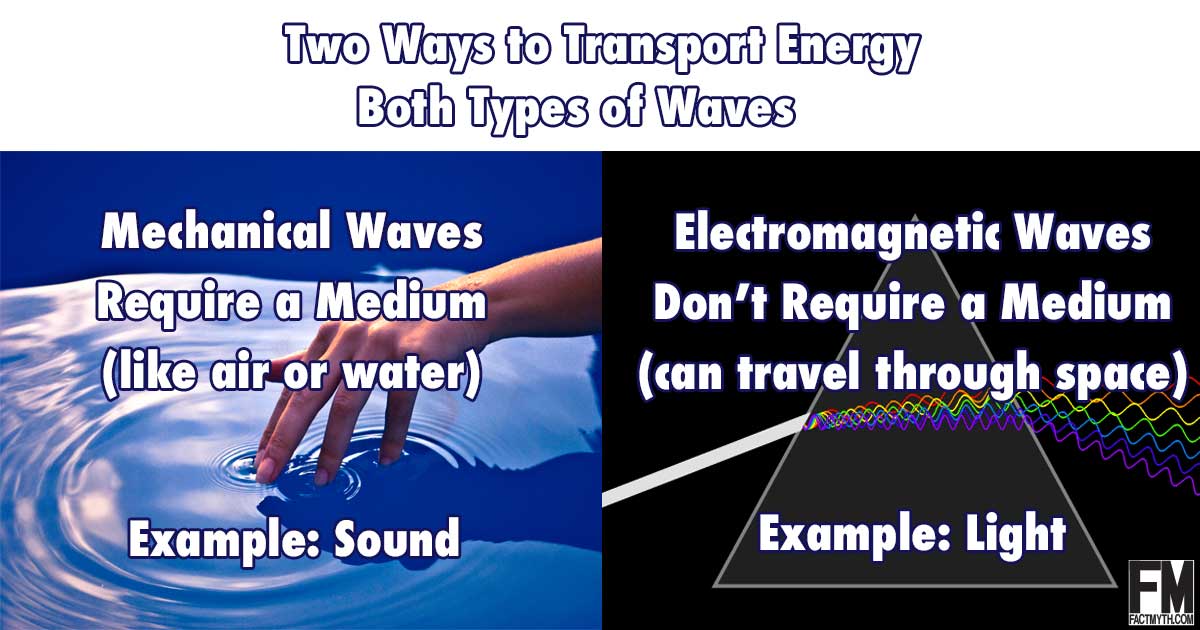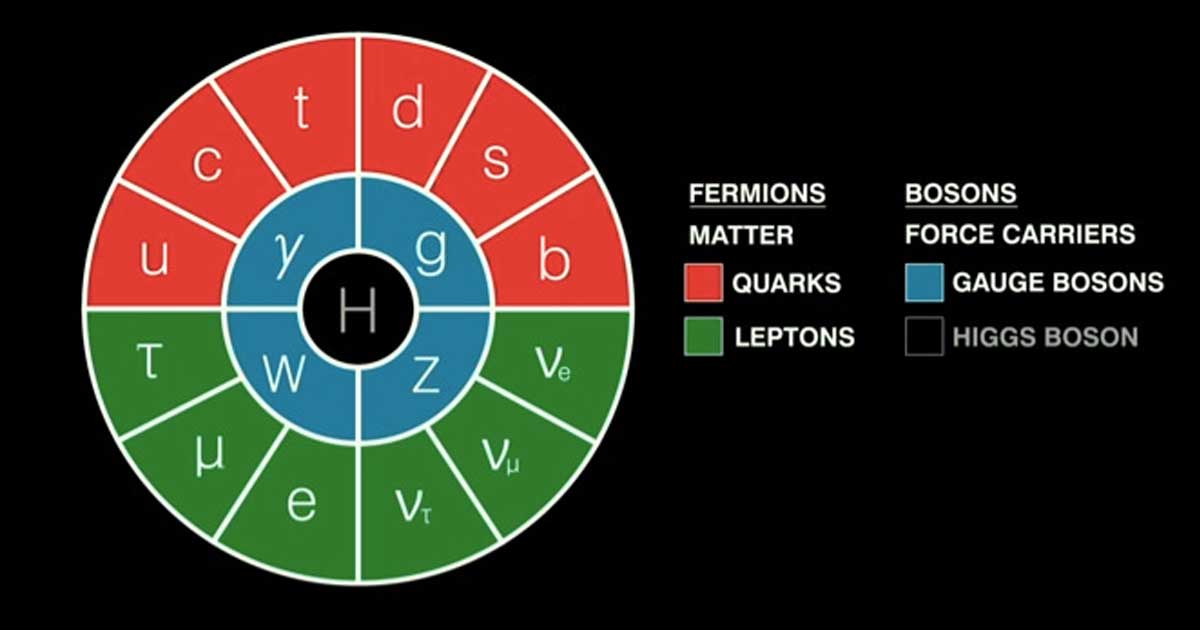What is Light?

We explain “light,” both as electromagnetic radiation within a visible portion of the electromagnetic spectrum, and as electromagnetic energy carried by photons.
Light is electromagnetic radiation within a certain portion of the electromagnetic spectrum, photons are the carrier particle for electromagnetic energy.
Light speed is the max speed of the universe. All massless energy particles (of which the universe is largely made of), including photons, always travel at light speed in a vacuum (they have momentum, not mass).
Light is a particle and a wave that exists as an excited state in the electromagnetic field that permeates the universe (according to quantum field theory).
Light can affect mood, our skin can synthesize vitamin D from light, plants can turn light into energy like we do with food, light can be used to store information instead of electrons in quantum computers, Li-Fi is Wi-Fi that uses light, Light can be used as solar energy, the list goes on.
Light is one of the strangest and most fundamental aspects of the universe, and accounts for one of four fundamental forces. Visible light is just a small frequency range in the electromagnetic spectrum.
To understand the nature of light is to understand the nature of the physical universe.

We explain “light,” both as electromagnetic radiation within a visible portion of the electromagnetic spectrum, and as electromagnetic energy carried by photons.

There are two types of waves: mechanical waves like sound that must travel through a medium like air, and electromagnetic waves like light that don’t.

We explain the standard model of particle physics in simple terms for non-experts using videos, facts, and bullet points.